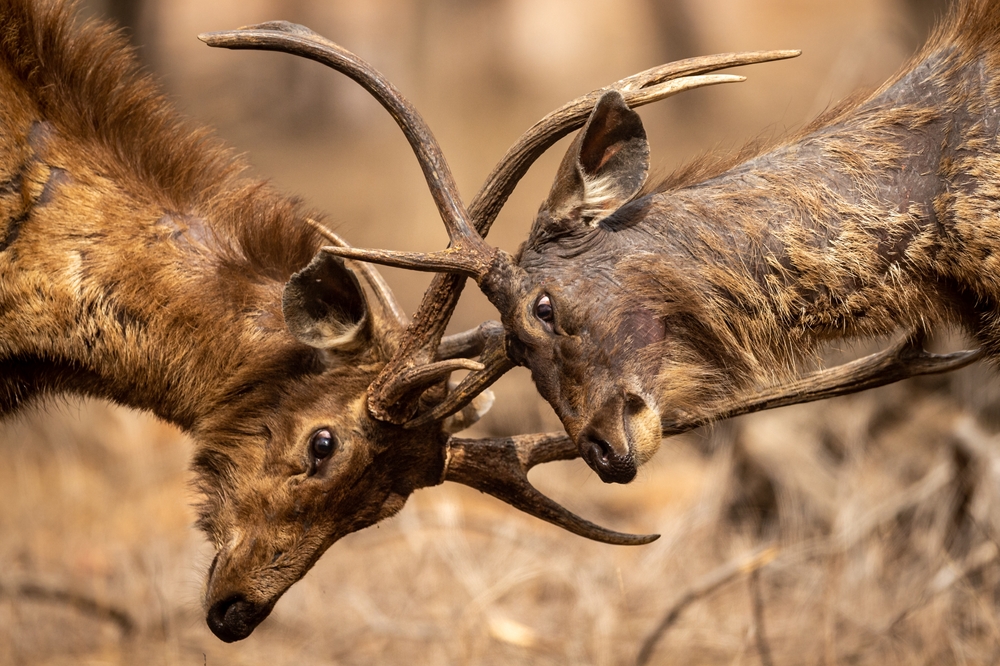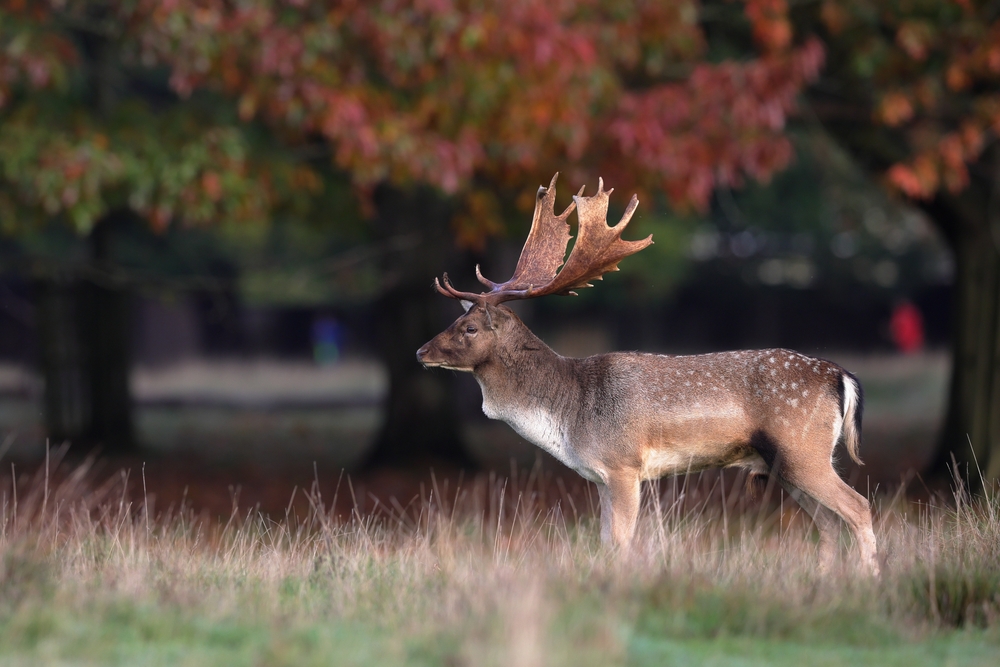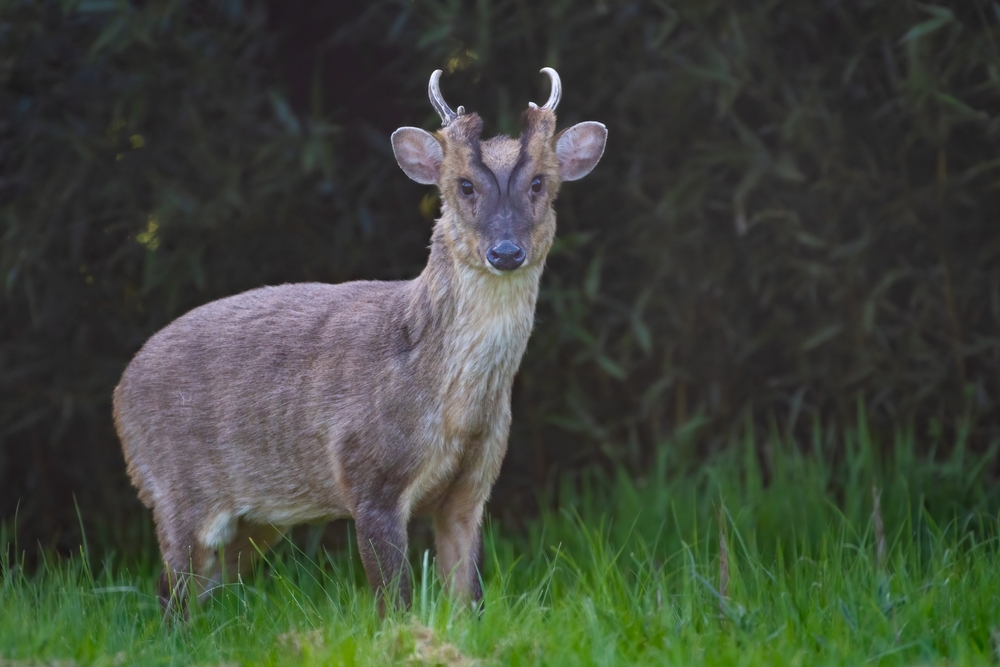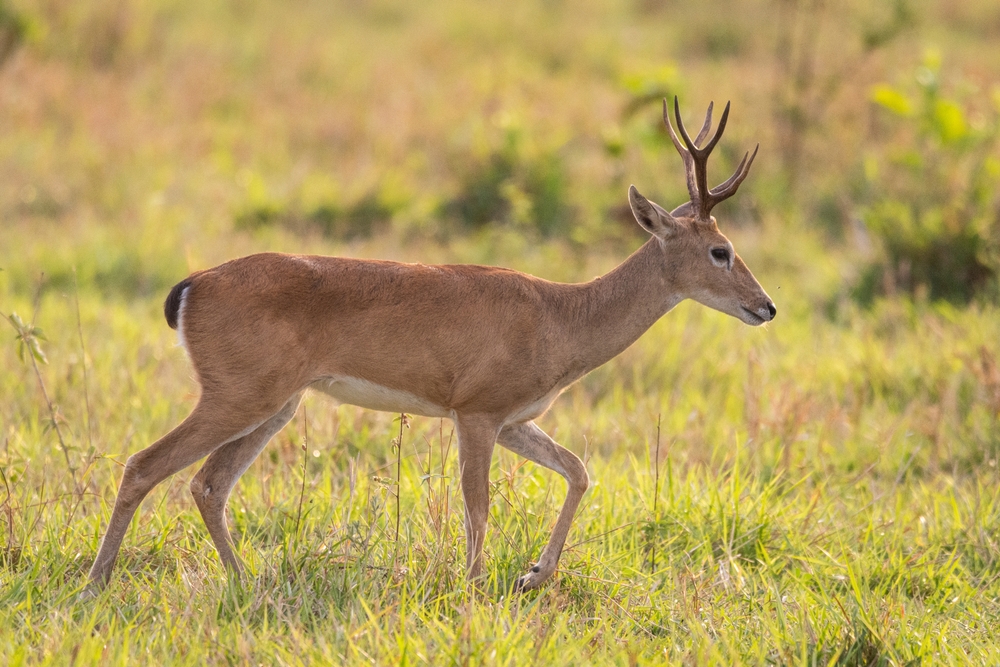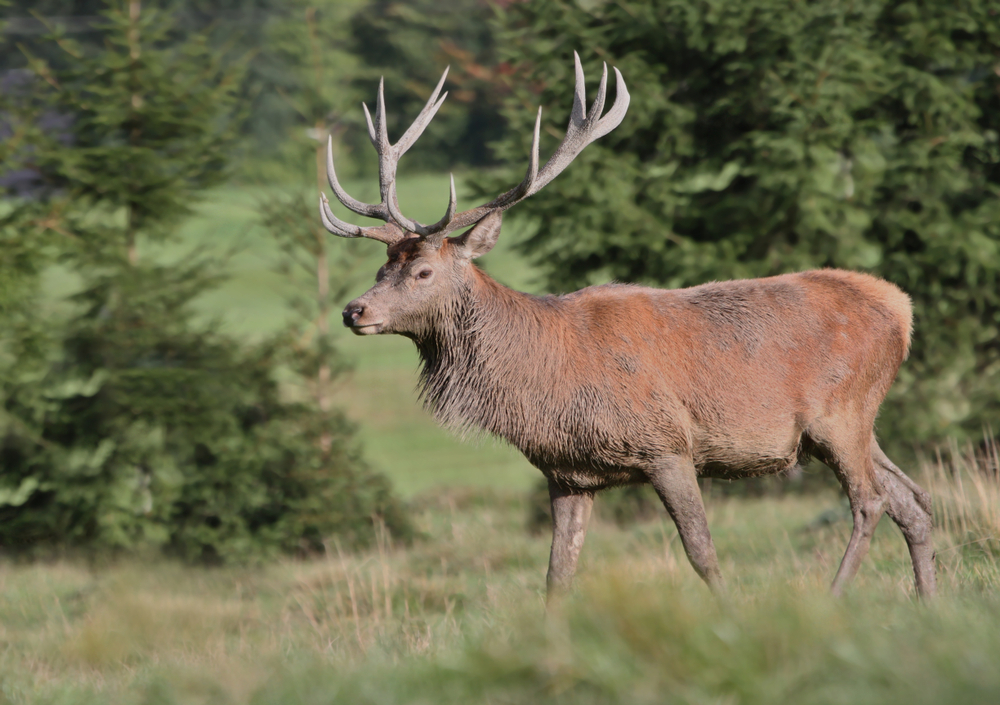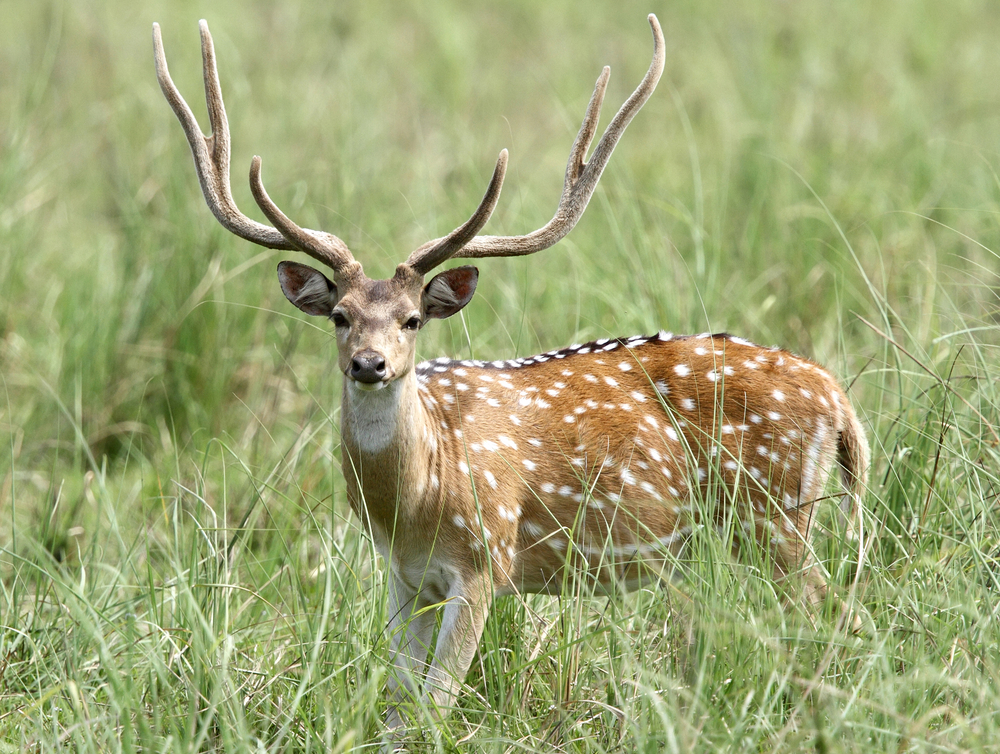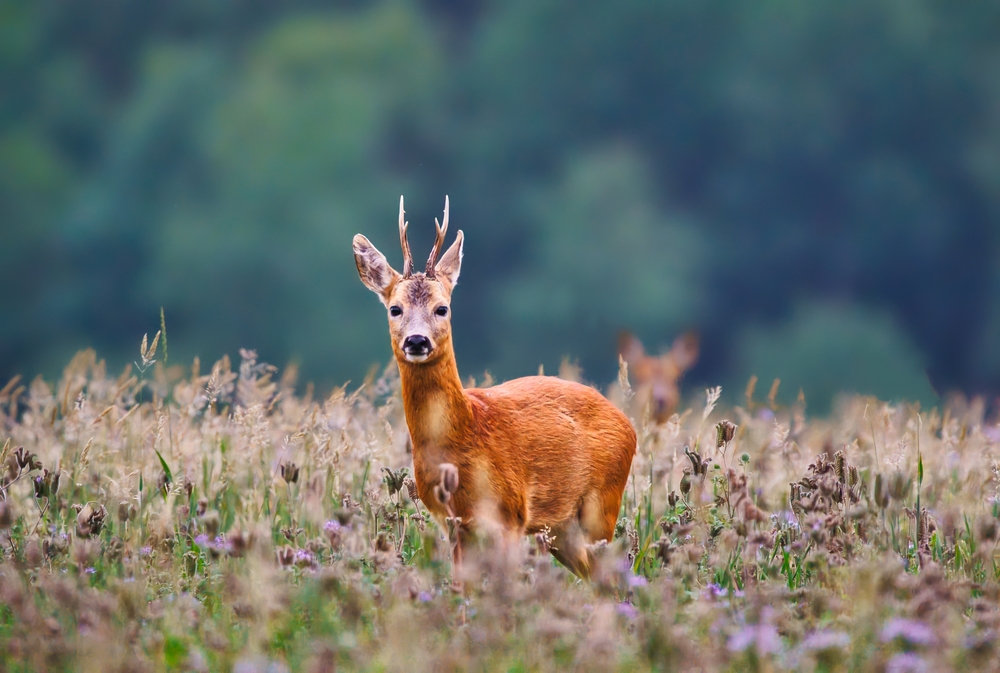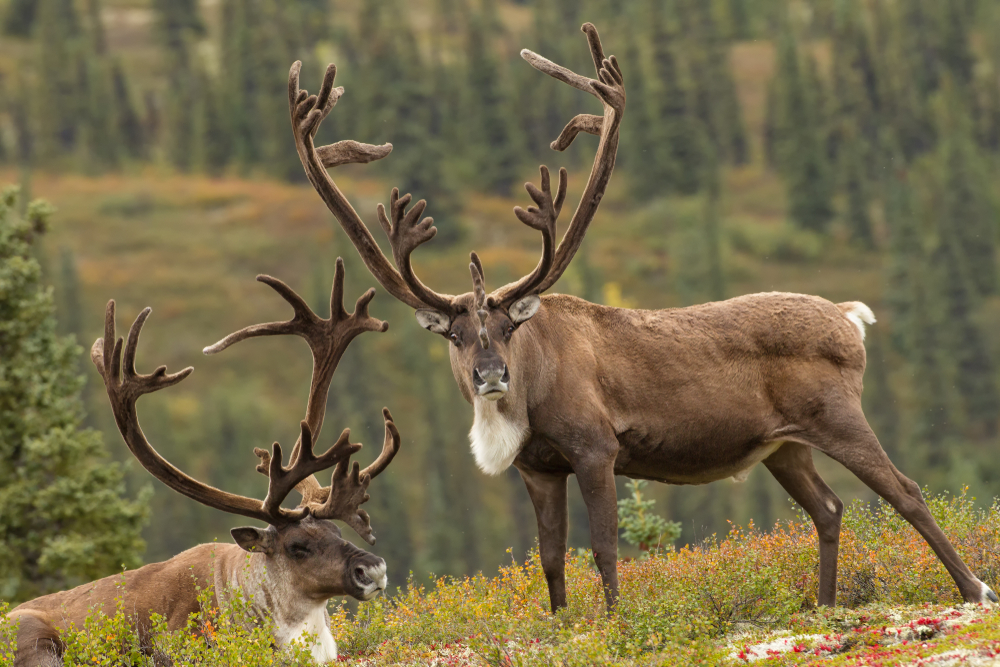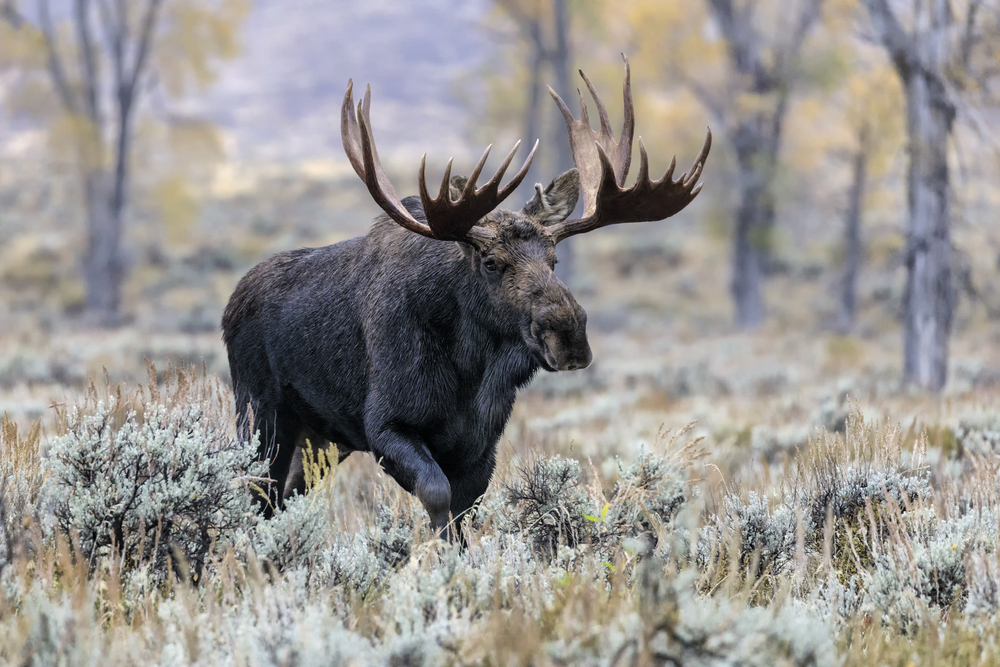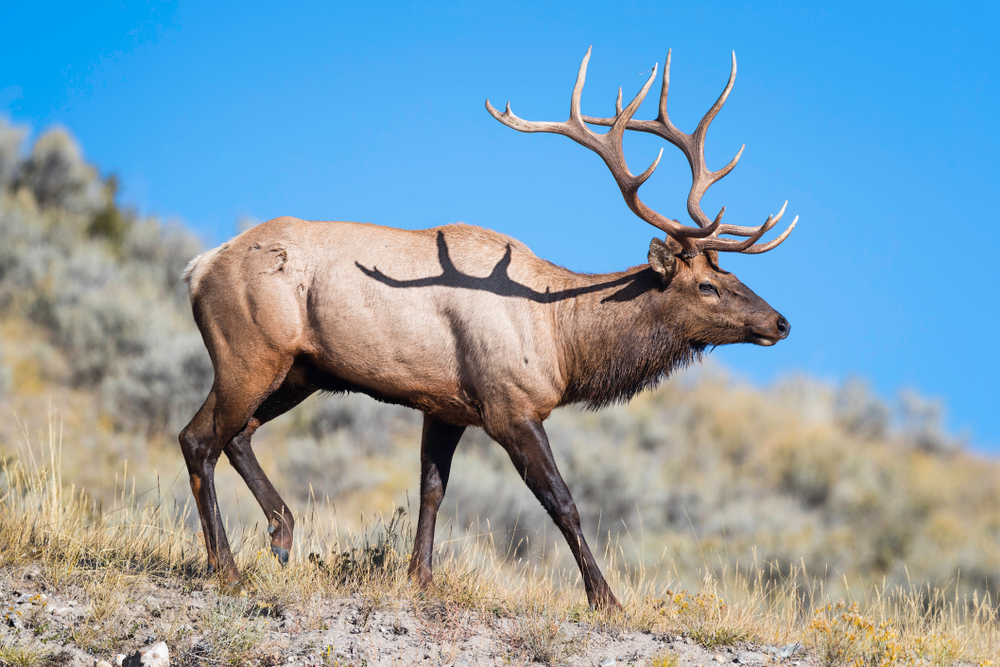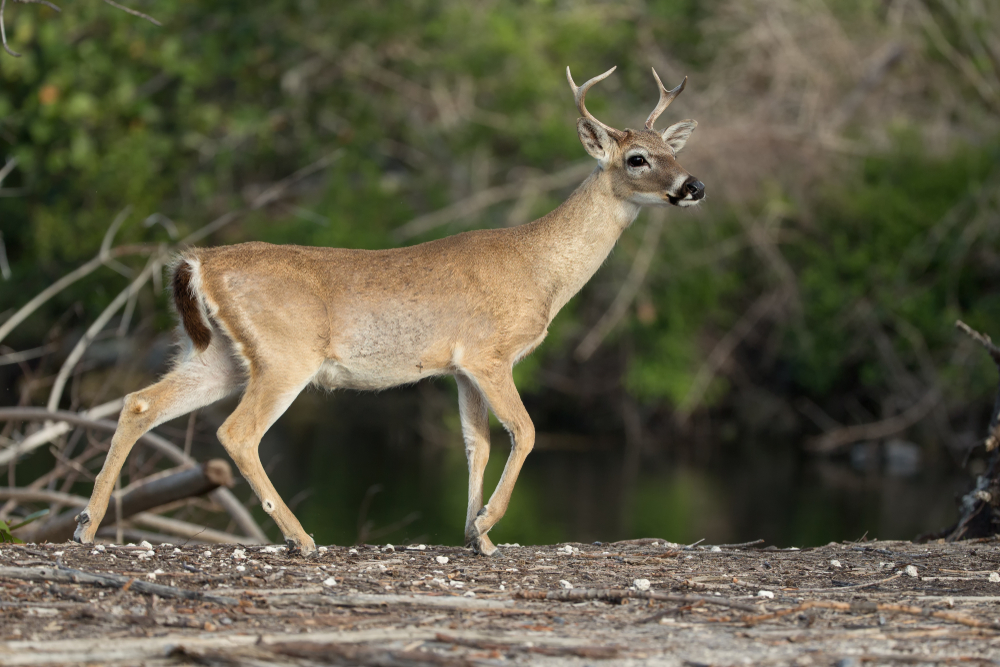Physical Characteristics
The Sambar Deer is one of the largest and most powerful deer species in Asia, recognized for its rugged build, coarse coat, and striking antlers. Found across the Indian subcontinent, Southeast Asia, and parts of China, this species is highly adaptable to tropical forests, foothills, and wetlands. Below is a structured overview in the style of the AK Physical Characteristics document:
Coat:
Sambar have a coarse, shaggy coat that varies by age, season, and region:
-
Coloration: Dark brown to grayish-brown, often with a darker mane on the neck and shoulders of males.
-
Underparts and inner legs: Paler, sometimes with a gray or yellowish tinge.
-
Calves are born with light-colored spots, which fade with age.
Face:
The face is long and broad, with a dark muzzle, prominent preorbital scent glands (just below the eyes), and rounded, upright ears.
Antlers:
Only males grow antlers, which are massive, rugged, and typically three-tined.
-
Structure: One brow tine and two main beams that sweep backward and upward.
-
Length: Can reach up to 3.3 feet (1 meter) or more.
-
Antlers are shed and regrown annually, with velvet development in spring and hardening before the rut.
Body:
Sambar have a muscular, heavyset build, with a deep chest, arched back, and long, powerful legs.
-
Males often develop a thick, erect mane along the neck and shoulders during the breeding season.
-
Their physical strength supports movement through thick forests and steep terrain.
Tail:
They have a short, bushy tail (8–12 inches / 20–30 cm), dark above and white below.
Size:
Weight:
The Sambar Deer’s sheer size, heavy antlers, and mane-like neck fur make it one of the most physically impressive deer in the world. Its robust build and strong legs enable it to traverse rugged terrain and dense undergrowth, while its coarse coat offers protection from both heat and insects—making it highly successful across tropical and subtropical environments.



































































